Software & BIM-M
January 2016
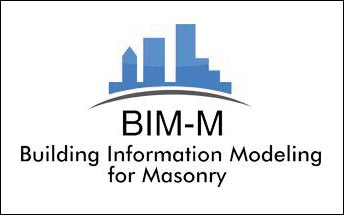
By Jamie L. Davis
P.E., LEED AP
“The LOD Specification is a reference standard that enables practitioners in the AEC industry to specify and articulate with a high level of clarity the content and reliability of BIM data at various stages in the design and construction process. It defines and illustrates characteristics of model elements from different building systems at different levels of development.”
–BIMForum.org
The BIM-M Initiative – Building Information Modeling for Masonry – was started in 2013 and is well on its way toward its mission to unify the masonry industry and all supporting industries through the development and implementation of BIM for masonry.
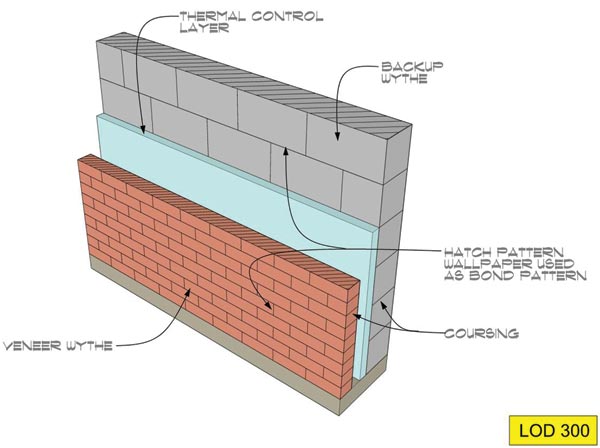
Level of development
One of the early BIM-M accomplishments was to develop a standard for Level of Development (LOD) for masonry. A BIM-M subcommittee of The Masonry Society (TMS) set out to develop specific LOD recommendations for masonry from LOD 100 to 400.
The main purposes of the LOD Classification system are two-fold. First, designers will be enabled to put the right amount of effort in making BIM models according to the use or task at hand. Second, downstream users will be informed about the level of resolution of a model and its use.
After meeting and listening to masonry experts in the AEC community, we established a series of LOD recommendations for developing masonry systems.
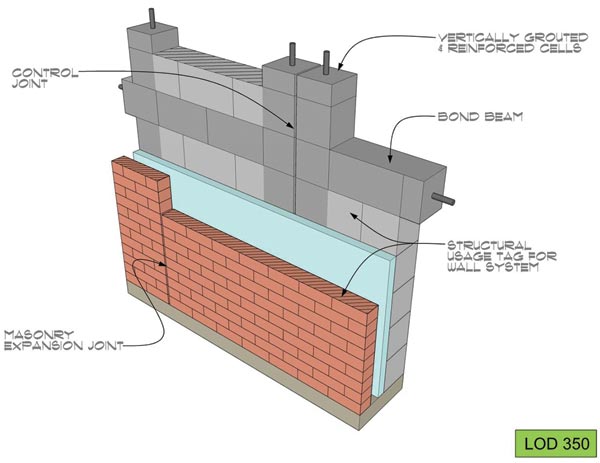
We took our recommendations to the BIMForum. The BIMForum publishes the LOD Specification that defines the LOD for building systems in a similar fashion to how the AIA G202 document defines LOD for project deliverables.
The BIMForum was extremely receptive to the suggestions from the BIM-M TMS Committee and incorporated our recommendations in the 2014 edition of the LOD Specification. In fact, they even put masonry on the cover and invited us to give an update at their Fall 2015 BIMForum conference in Orlando.
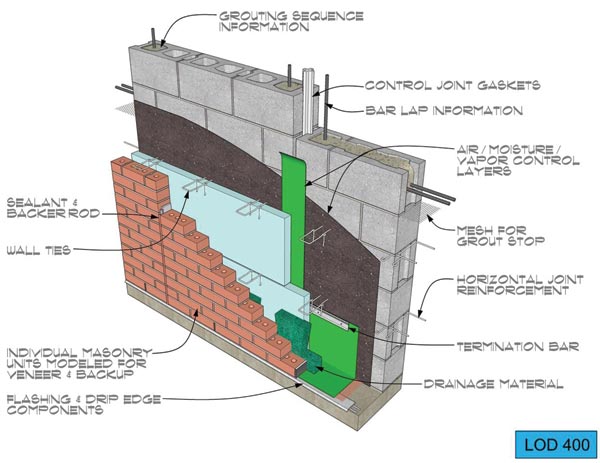
The guide
During our development of the LOD recommendations, we realized that some of the model development that was highly recommended by the TMS Committee was difficult to achieve using current Autodesk Revit tools.
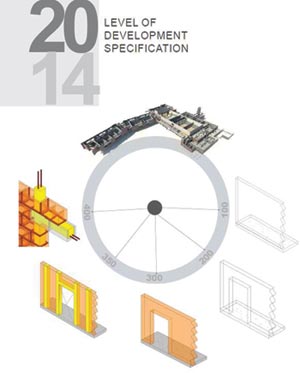 For example, one of the main recommendations for LOD 300 was to provide an intelligent hatch pattern on masonry walls in elevation, plan, and section views that would depict the actual bonding and coursing of the walls. The distinctive difference when designing with masonry versus other materials is the inherent modularity of the system. Both the coursing and bonding of the wall system must be taken into account when establishing the overall dimensions of the building, the interface with the structure, the placement of door and window openings, and the placement of movement joints.
For example, one of the main recommendations for LOD 300 was to provide an intelligent hatch pattern on masonry walls in elevation, plan, and section views that would depict the actual bonding and coursing of the walls. The distinctive difference when designing with masonry versus other materials is the inherent modularity of the system. Both the coursing and bonding of the wall system must be taken into account when establishing the overall dimensions of the building, the interface with the structure, the placement of door and window openings, and the placement of movement joints.
Revit offers a 3-D platform that has the potential to simplify and enhance this collaboration, but, unfortunately, the modeling tools available to date do not permit the type of functionality necessary for masonry coordination. Currently, the hatch patterns available in Revit do not accurately represent the actual bonding or coursing of a wall system. They are in essence just a snapshot of a wall, with no intelligent data to inform the pattern, and manipulation or creation of patterns that are not preloaded is a timely effort.
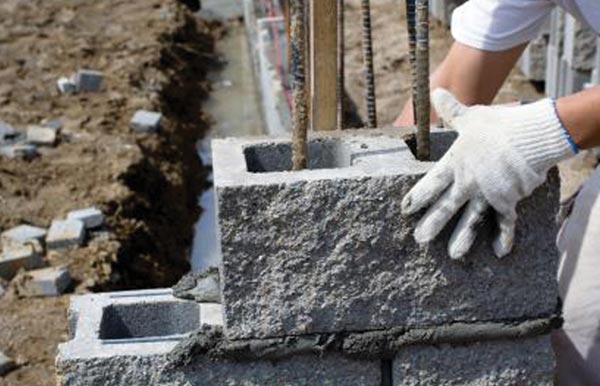
As you can see from some of these screen shots from a Revit model, little here resembles true construction or that would assist designers in collaborating.
Due to these types of modeling difficulties, the BIM-M Initiative set out to develop a guide for designers to present tools and tips for modeling masonry using Revit.
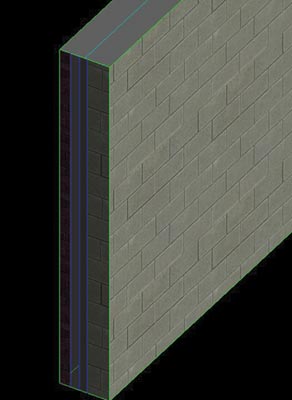 In order to create the guide, we first reached out to firms as consultants with advanced modeling expertise: Integrus Architecture and CTC Design Software Solutions. With the help of Russell Gentry, a professor at Georgia Institute of Technology, we presented a challenge to each of these firms: advance a masonry model to a high-level LOD. Among the items that we requested to have modeled were bond beams, vertical reinforcing, brick ties, stone accents, and masonry arches. Each firm submitted an independent report including their tips and suggestions for modeling masonry and also submitted the Revit model that was used.
In order to create the guide, we first reached out to firms as consultants with advanced modeling expertise: Integrus Architecture and CTC Design Software Solutions. With the help of Russell Gentry, a professor at Georgia Institute of Technology, we presented a challenge to each of these firms: advance a masonry model to a high-level LOD. Among the items that we requested to have modeled were bond beams, vertical reinforcing, brick ties, stone accents, and masonry arches. Each firm submitted an independent report including their tips and suggestions for modeling masonry and also submitted the Revit model that was used.
The two reports have been compiled into the document “BIM for Masonry: Modeling Masonry Buildings in Autodesk Revit.”
This document and the Revit models used by the designers will be available on the BIM-M website (www.BIMForMasonry.org) in early-2016 as a free download.
Videos and plug-ins
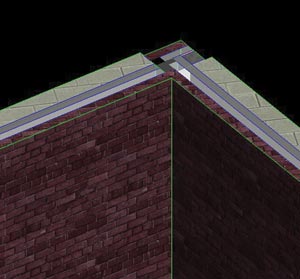 As a companion to the guide, we are now working to create a series of short videos that will demonstrate some of the modeling techniques used to advance masonry elements in the model. These videos will also be available, at no cost, on the BIM-M website in 2016.
As a companion to the guide, we are now working to create a series of short videos that will demonstrate some of the modeling techniques used to advance masonry elements in the model. These videos will also be available, at no cost, on the BIM-M website in 2016.
Our newest and most exciting project to date is the development of a Revit plug-in. We are currently in the beginning stages of the creation of a unit database and an app that would significantly help architects and engineers design with masonry.
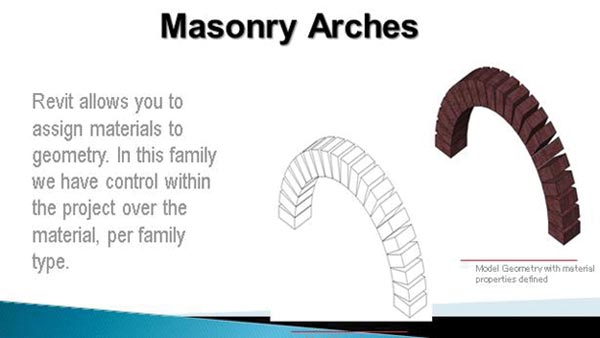
Our first step will be to develop a unit database that will contain accurate dimensional information for generic masonry units.
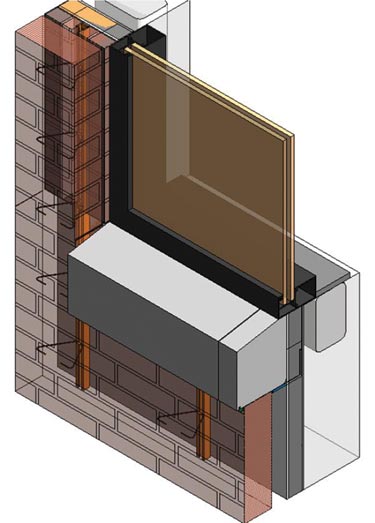 A subsequent step will be the development of another plug-in that can use this data in conjunction with a selected bonding pattern and mortar joint width to create a “smart wallpaper.” The smart wallpaper would accurately represent the bonding and coursing of all walls, even around corners. Designers would be able to view accurate information in elevation, section, or plan views to inform their decisions and to coordinate the interface of structural, architectural, and mechanical systems. Whether designing with structural masonry, masonry veneer, or both, this plug-in will greatly assist the industry to design masonry buildings that are efficient for masons to construct and will eliminate costly field corrections.
A subsequent step will be the development of another plug-in that can use this data in conjunction with a selected bonding pattern and mortar joint width to create a “smart wallpaper.” The smart wallpaper would accurately represent the bonding and coursing of all walls, even around corners. Designers would be able to view accurate information in elevation, section, or plan views to inform their decisions and to coordinate the interface of structural, architectural, and mechanical systems. Whether designing with structural masonry, masonry veneer, or both, this plug-in will greatly assist the industry to design masonry buildings that are efficient for masons to construct and will eliminate costly field corrections.
These examples indicate that new activities are continually developing at BIM-M. You can view the website for the latest news.
One new publication specifically for contractors that will be released in early-2016 will be “Masonry Deliverables Guide for BIM.” This guide written by masonry contractors for mason contractors will help you negotiate the world of BIM. It will highlight various options for meeting contractual needs on projects such as:
- How do you develop a BIM Execution plan for your project?
- What digital tools are available to accomplish the project requirements?
- Do you use Sketchup, Formit, Revit, Tradesmens, CadBlox, or other software?
The key is to use the simplest tool that does the job. How will using software provide you a return on investment to help your business?
Visit BIM-M in the Innovation tent at the 2016 World of Masonry on Wednesday, Feb. 3, 2016, during the Spec Mix BRICKLAYER 500.
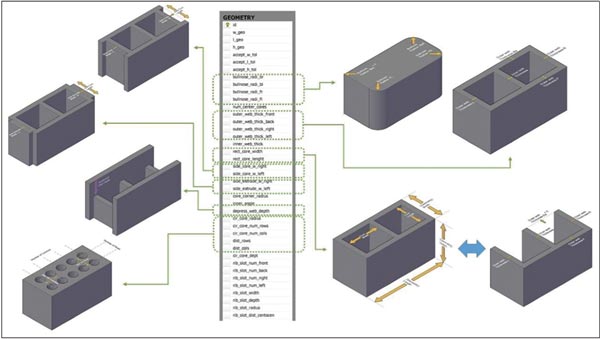
Jamie L. Davis, P.E., LEED AP, is president and principal of Ryan Biggs | Clark Davis Engineering & Surveying. Davis is a member of the American Society of Civil Engineers; the Masonry Society; the American Concrete Institute; and the American Institute of Steel Construction. She sits on the Reinforcement and Connector Subcommittee and is the chair of the BIM-M Committee for The Masonry Society, part of the BIM-M Initiative, which is serving to establish a roadmap for masonry design in BIM applications.